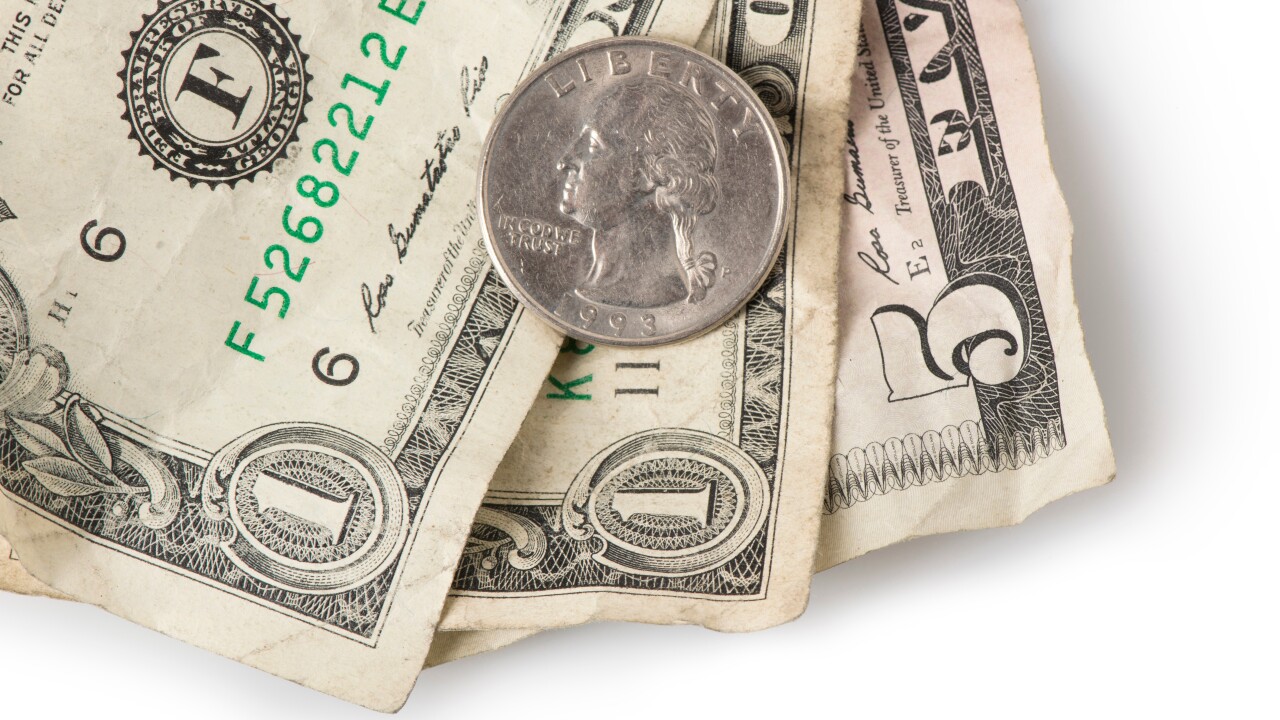-
Donald Trump's presidential victory, stubbornly elevated inflation and a steady drumbeat of strong economic data have pushed 10-year Treasury yields up sharply since mid-September — and there's no clear consensus of where they're likely to go.
November 25 -
In 2022, 52% of the U.S. population lived in families that are unable to "pay for all the goods and services necessary to fully participate in today's economy and society without cutting back, as well as save money for emergencies and the future," the study found.
November 19 -
A measure of underlying U.S. inflation remained firm in October, underscoring the ongoing risks Federal Reserve officials face in trying to bring price pressures fully under control.
November 13 -
A strong economy drove mortgage rates higher in the past week but it's still an advantageous market for consumers in some ways, according to Freddie Mac.
October 17 -
The higher-than-expected inflation figures will likely amplify the debate whether the Federal Reserve will opt for a small interest-rate cut next month or pause.
October 10 -
Stronger than expected numbers for overall U.S. employment additions have diminished lender hopes for steeper rate drops, and industry hiring has been tepid.
October 4 -
While consumers still see a low chance of a recession in the next year, there was a "slight uptick" in the share that believes the economy is already in a downturn.
September 24 -
Lower inflation doesn't equate to lower prices, and costs of living may still be higher than pre-pandemic, especially rents. But the varying cooldown could help.
September 11 -
While the shelter-related increase won't deter the Fed from cutting interest rates, it reduces the chance of an outsize reduction.
September 11 -
Other estimates suggest nonbank mortgage employment grew in July as the industry cautiously added staff to handle incremental growth in demand for loans.
September 6









